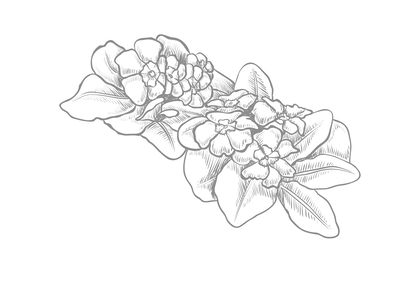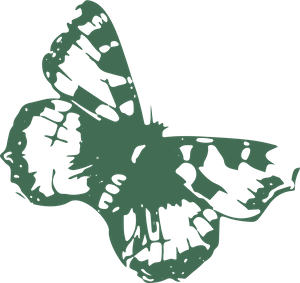Plug and Pots

- We use a plug size of 40cc for our small Juvenile plants, this is abut 5cm or 2 inches of root which taper down for easy planting, you can knock them out of the plug tray from the bottom with your little finger, the flat end of a pen or small cane. They are big enough to plant out in the final flowering positions (depending on season) or to pot up to bigger pots.Most of our pots are in 9cm though we do have larger of 1 litre-3 litre depending on species.
- Water your plugs and pots before planting
- Delay planting out if the soil is dry and hard, or if it is frozen.
- If planting into lawn or any grassland mow the area tight first (removing the cuttings) and plant into the soil ensuring you have removed any thatch from the soil surface at that spot.
- For maximum floral richness plant at a distance of half metre spacing between the plugs.
- Once planted keep the plants watered during their first 6 weeks if rains do not do the job for you. Be extra vigilant in times of drought and hot weather. The most common losses are caused by the plants drying out before, during or just after planting.
- IMPORTANT: After planting, when necessary, mow the area of grass containing the plant plugs with your mower blades set at a high setting. This is to ensure that the grass does not grow tall enough to cover and swamp the young wild flower plants and will allow them enough light and warmth from the sun to let them build up a good leaf and root system. When they are obviously established stop mowing and let them progress to maturity and flowering. Be re-assured that if you do mow off a few of the leaves or flowering stem of the wild flower plants they will grow back and you will not have done any harm to the plant. This will not normally be necessary for 9cm Pots.
- Towards the end of the season when the flowering is finished or autumn rains indicate mowing will become difficult, it is important that you cut the lawn or grassland containing the wild flower plants fairly tight to the ground (mower blades on a lower setting) and remove all the cuttings. You can also use a strimmer and rake for this job. This will create the right conditions for another full season of flowering the following year for all perennial wild flowers. Note: this is not usually necessary within a woodland setting.
- On bare soil, consider scattering 100% annual wild flower seed mix onto the bare ground before the end of May as these native annuals germinate quickly and will provide additional plants to provide extra colour and form during year.

